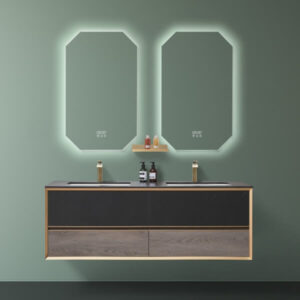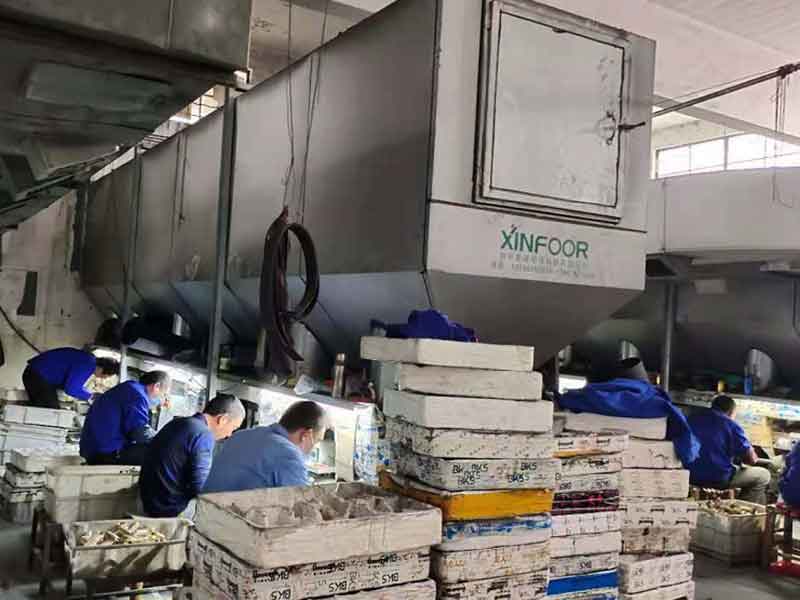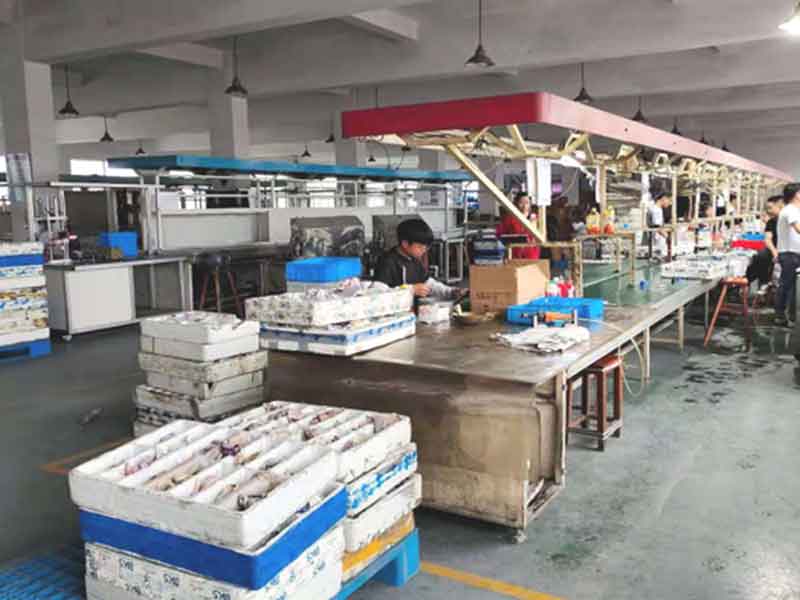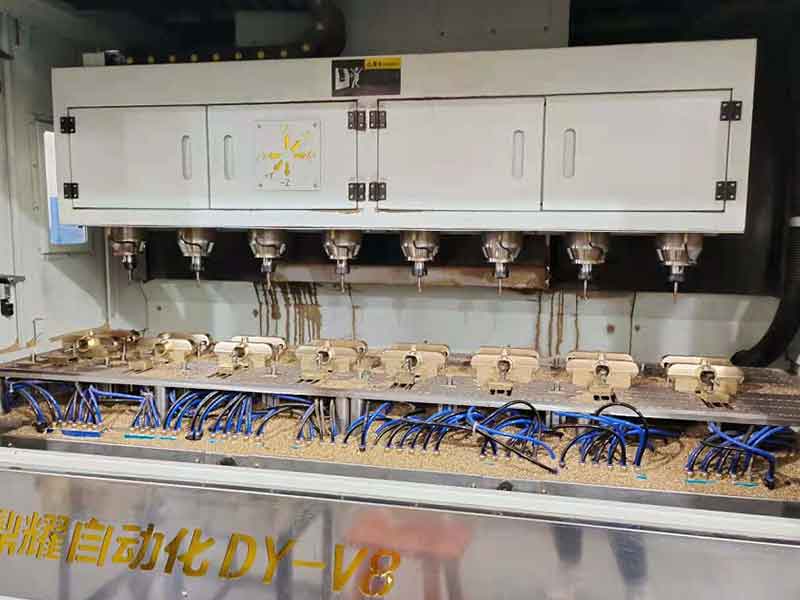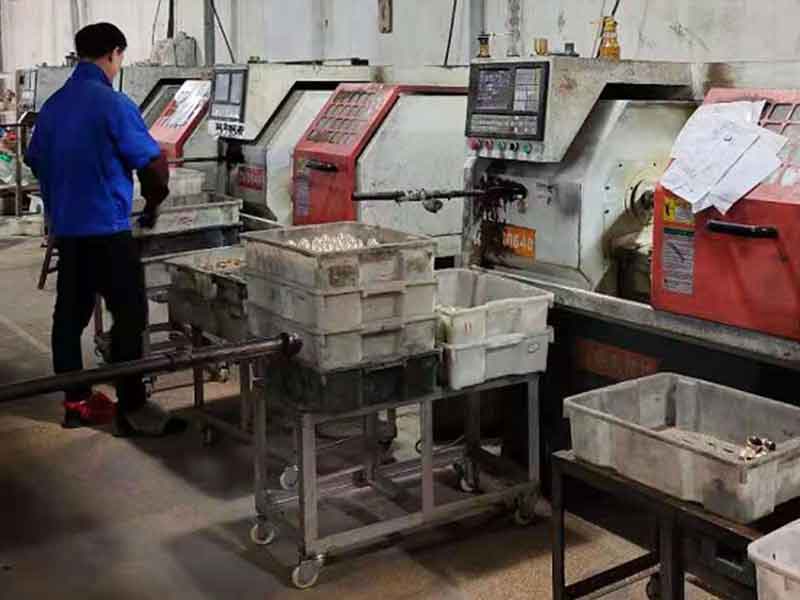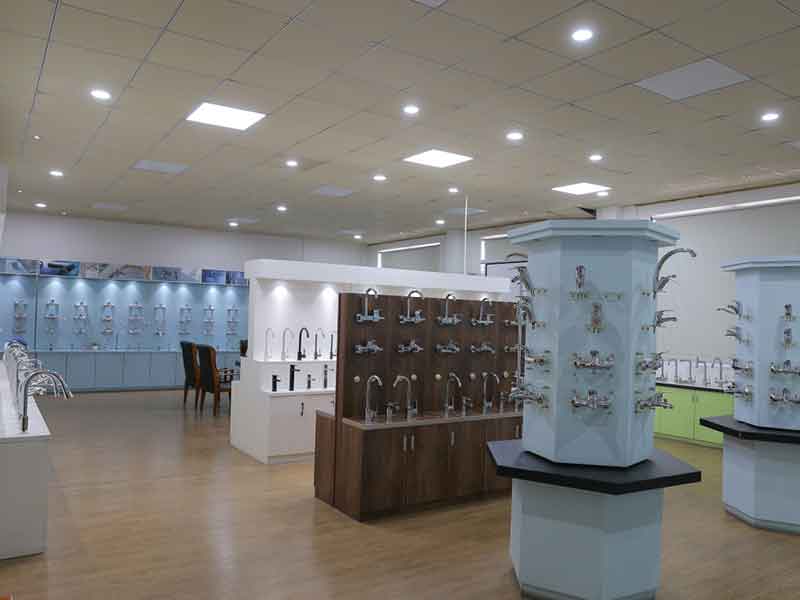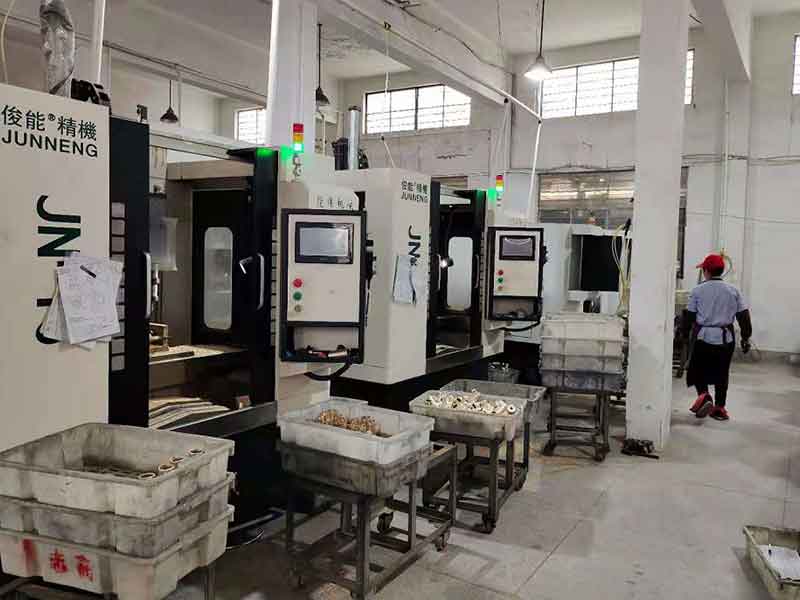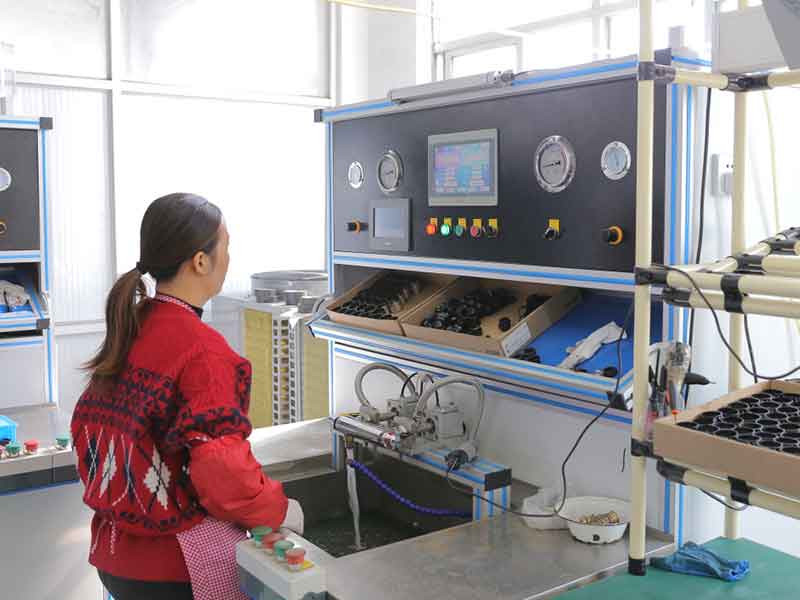Custom Bathroom Vanity Manufacturer From China
- Over 17 years of experience in bathroom vanity manufacturing.
- Supports more than 200 options and accessible style of shape.
- Producing bathroom cabinets with 30000pcs/moth
- Free design with low MOQ
- Supplier for brand companies, like Walmart, RONA, TOTO, SODIMAC, MAXEDA
We'll Reply You Quickly
Wholesale Bathroom Vanity from NIcemoco

Nicemoco can custom bathroom vanity with a few hundred styles and about 20 different materials. Including Modern and classic styles in Europe, North America, Australia, and domestically. Regarding the material, the vanity cabinet is made of MDF, MFC, plywood, Oak, Ebony, etc.
We can produce customized bathroom vanities according to the drawings or samples from our customers. QC & QA team control processing quality with random inspection for every step during the manufacturing.
Our products strictly follow the 5S management model, the ISO9001-2008 quality system, and the CE of product quality management requests.
Now our vanities have been exported to more than 70 countries, if you want to wholesale bathroom vanity from China, Nicemoco is your good choice.
We'll Reply You Quickly
Featured Bathroom Vanities
High Quality Custom Bathroom Vanity Solutions
From concept to shipping, Moco custom high quality bathroom cabinets for your projects.
Your inquiry will be replied in 24 hours

Custom Bathroom Vanity
From concept to shipping, Nicemoco custom bathroom cabinets for your bathroom.
- Free Design: We provide free product design, free CAD drawings, free artwork design of packing.
- High Quality: Our QC & QA engineers behind your vanity, wood sheet pre-inspection, production check, and final inspection.
- Low MOQ: Low MOQ with 10 units can manufacture in Nicemoco
Call Us
+86-159 6864 8802
Our Email
sales@nicemoco.com
Custom Bathroom Vanity Options
Material
Different materials will be available according to your requirements, including solid Wood, MDF, Plywood, Particle Board, Stainless Steel, Tempered Glass, Stone, Laminate, Acrylic and Resin, Hardware and Fixtures, etc.
Size
We select the size base to the available space, the users’ height and preferences, and the overall bathroom layout and design. We will provide you with standard sizes for your choice. Specific dimensions are also supported for custom bathroom vanity.
Shape
Different shapes are available according to the client’s requirements, including Rectangular Vanities, L-shaped Vanities, Corner Vanities, Round Vanities, Floating (Wall-Mounted) Vanities, Double Vanities, etc. Customization are support for specific shape requirement.
Style
We provide different styles to meet different requirements, such as traditional, modern, minimalist, rustic designs, and industrial styles. We often recommend hot selling styles vanities for our client’s reference, custom styles are supported in Nicemoco.
Package
Nicemoco accepts the OEM packing requirements from our clients. Your bathroom cabinets will be packed with 5-layer brown cartons with a solid package.
Value-added Service
We provide Free product design, free stock, free CAD drawings, free artwork design of packing, and free QC & QA report same as the 3rd party inspection of each PO. Container booking and loading and document preparation are professional with free.
Installation
Our bathroom vanities are designed for easy installation, with most products including all necessary mounting hardware and clear instructions. We also offer support for any installation queries.
After sales
Our bathroom vanity supports a 2-year warranty and free replacement including the shipping cost support during the warranty period.
Steps to Custom Bathroom Cabinets
Consultation
By understanding your needs and requirements, our salesmen work with you to submit the appropriate bathroom vanity solution based on the necessary function, and then the right model based on the test specifications.
Quotation
Nicemoco expert salesman will provide you a free quotation based on your requirements as well as product specifications and quantities. Usually, we will reply your inquiry in 24 working hours.
Order Confirmation
After receive the order, we will carefully check to ensure we have fully know the client’s requirements, then confirm the order details including pricing, payment terms, and delivery schedule.
Mass Production
Nicemoco conduct rigorous quality control processes, including material testing, structural integrity assessments, and surface finishing inspections. We have strong production capacity, and will report production progress to you from time to time.
Shipping
After rigorous quality checks and protective packaging, we will provide regular updates on the shipping status, including tracking information, to keep the customer informed about the progress of their order.
Custom Bathroom Vanity Manufacturer FAQs
We are a bathroom cabinet manufacturer, which focusing on R & D, mamufacture, production and sale of top-grade sanitary wares since 2007.
Our bathroom vanities materials include solid wood, MDF, plywood, and tempered glass.
Yes, our company is in Taizhou, Zhejiang, China, you are always to welcome to visit us, pls inform us in advanced, so that we can arrange to pick up service from the airport and train stations.
ISO9001,ISO14001,CE,FSC,BSCI
- -Sample order: within 15 days.
- -20GP container: 25-35 days.
- -40HQ container: 30-45 days.
Yes, we can, please send your artwork design, we will manufacture the bathroom vanity according to your specific requirement.
Nicemoco provides a comprehensive after-sales support, including installation guidance, maintenance tips, and customer service.
5-layer brown Cartons with the solid package.
Are You Looking for Bathroom Vanity Manufacturer?
Contact us for design assistance, free quote, and expert advice today.
We can provide you with a wholesale bathroom vanity quotation within 12 working hours, and we respect your privacy.
Your inquiry will be replied in 24 hours



